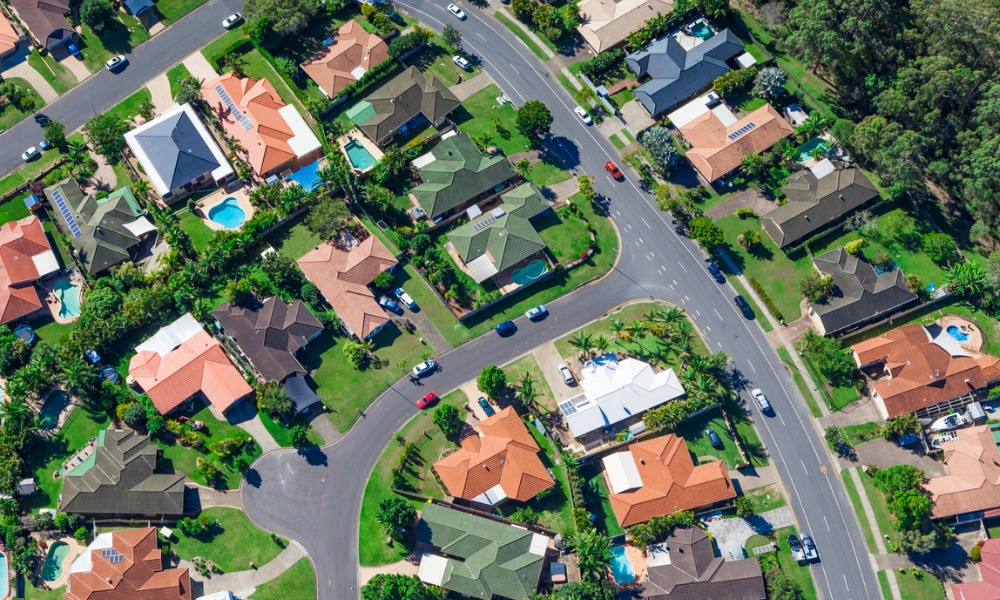While the market is tight, Queensland renters still have more choices than they did a year ago

Despite a slightly tighter market in the September 2023 Quarter, most renters in Queensland have more choices compared to a year ago, according to the Real Estate Institute of Queensland’s latest Residential Vacancy Report.
The report covers 50 local government areas (LGAs) and sub-regions in Queensland, highlighting the scarcity of rental listings, especially in regional areas. While the state vacancy rate remains tight at 1%, the majority of areas have not seen significant decreases in vacancy rates that would erase the gains made in the previous two quarters, REIQ reported.
Out of the 50 regions, 32 experienced a tightening market, 11 remained stable, and only seven relaxed. However, even in the tightening markets, the increase in vacancy rates was minimal, ranging from 0.1% to 0.2%.
Antonia Mercorella, CEO of REIQ, pointed out that while more rental properties were becoming available, the demand was still high, resulting in quick turnovers.
“Over the September 2023 Quarter, we can see that we’re still in a situation where there simply isn’t enough rental supply or choice for tenants,” Mercorella said. “Given these competitive conditions, there’s less turnover of tenants with the median length of tenancies growing to 22 months for houses, and 17.4 months for units. While more rentals are becoming available, they aren’t lasting on the market for long.”
Ms. Mercorella said that even sparsely populated areas are feeling the squeeze, with Cook Shire experiencing a shocking zero-vacancy rate this quarter.
However, it is worth noting that overall, renters have more choices now compared to a year ago, Mercorella said.
“Previously we had two consecutive quarters of vacancy rates softening, and this slight tightening during the September quarter is not significant enough to undo all of that welcome reprieve,” she said. “Vacancy rates act as a report card for the health of our rental markets, and while results vary across the state, a relatively stable September quarter hasn’t dashed our hopes that healthier rates could still be on the horizon.”
Read next: National vacancy rate holds steady
Tight rental conditions were observed across Queensland, ranging from Cook Shire in the north with a vacancy rate of 0%, to Goondiwindi Region along the NSW border with virtually no vacancies at 0.1%. Various regional centres such as Charters Towers, Southern Downs, Banana, Maranoa, South Burnett, Tablelands, Maryborough, and Mareeba also experienced limited rental opportunities during the quarter, according to REIQ.
In the southeast corner of Queensland, Greater Brisbane, Brisbane LGA, as well as inner, middle, and outer Brisbane suburbs, and Ipswich all matched the state-wide vacancy rate at 1%. Logan, Caboolture, and Redland posted vacancy rates of 1.1%, while Moreton Bay, Pine Rivers, and Redcliffe were even tighter.
Island communities, such as Redland's Bay Islands, had a weak vacancy rate of 6.2%, while Mount Isa hovered between a tight and healthy market at 2.5%, REIQ reported.
The report also highlighted some notable changes in vacancy rates quarter-to-quarter. Noosa experienced the biggest squeeze, with the vacancy rate dropping from 3.1% in the June Quarter to 2.0% in the September Quarter. Similarly, the Sunshine Coast SD, Hinterland, and Maroochy Coast witnessed a noticeable decrease in rental listings, possibly reflecting a seasonal shift during winter.
Tourism markets such as Caloundra Coast, Whitsundays, Hervey Bay, and Fraser Coast also saw small dips in vacancy rates, REIQ reported. The Gold Coast and Cairns remained unchanged quarter-to-quarter, with vacancy rates of 1.2% and 0.9%, respectively.
Have something to say about this story? Let us know in the comments below.



